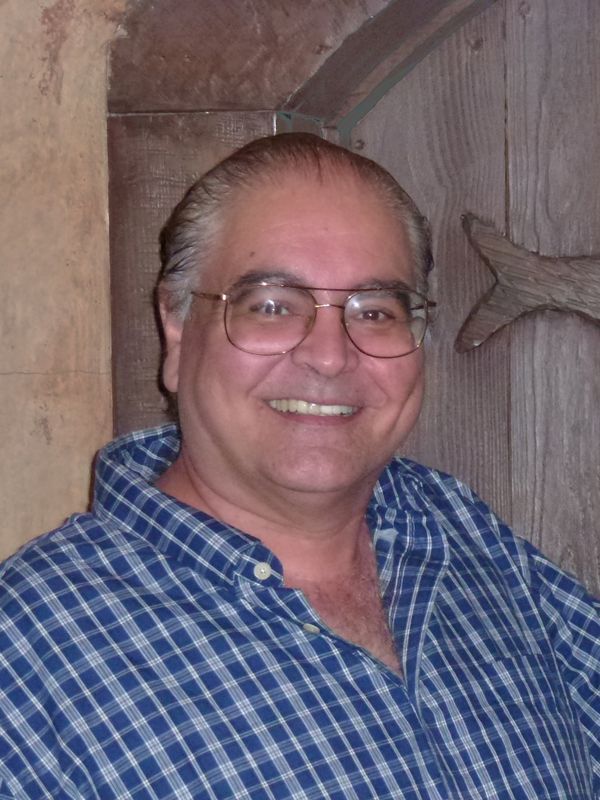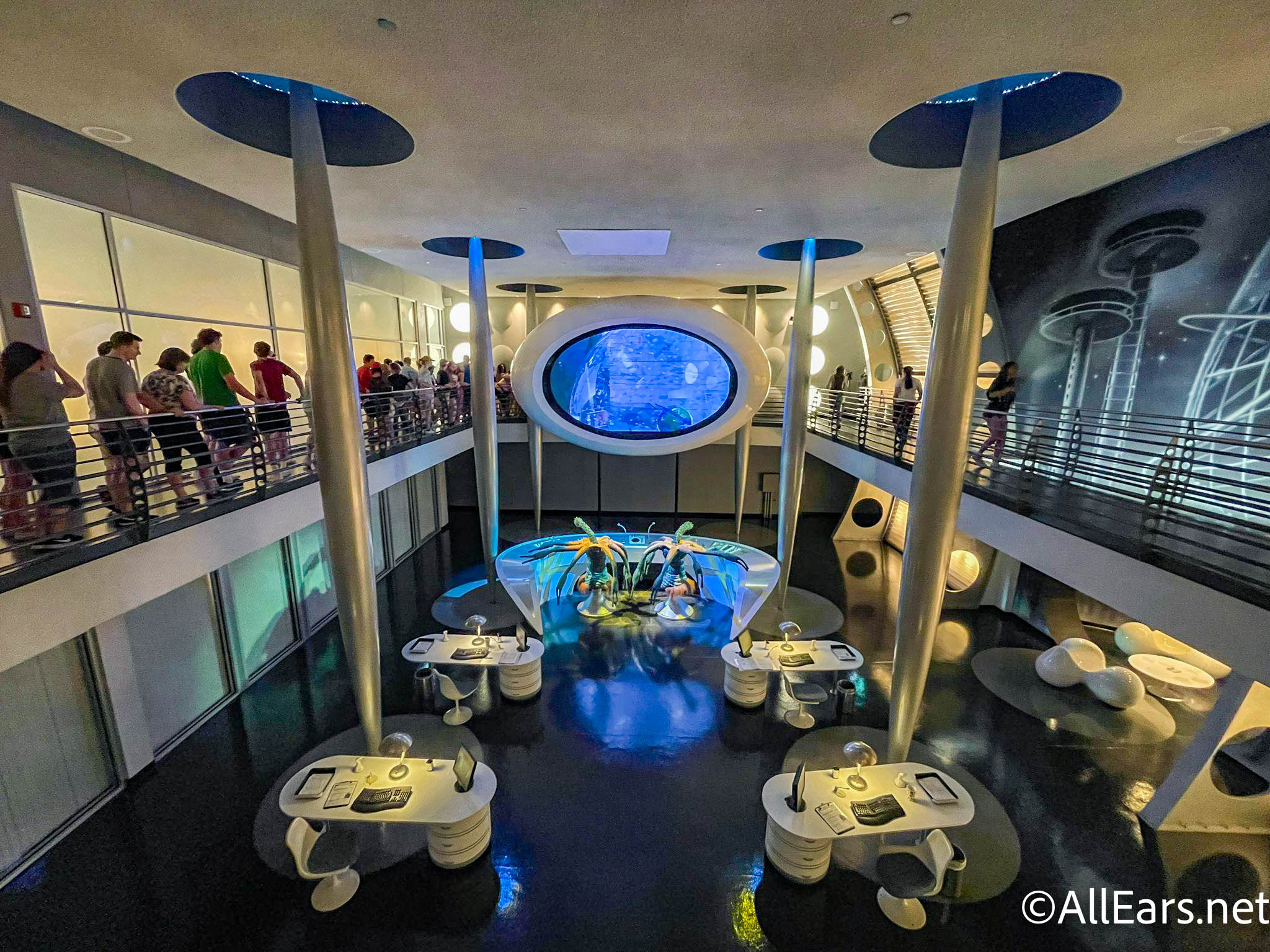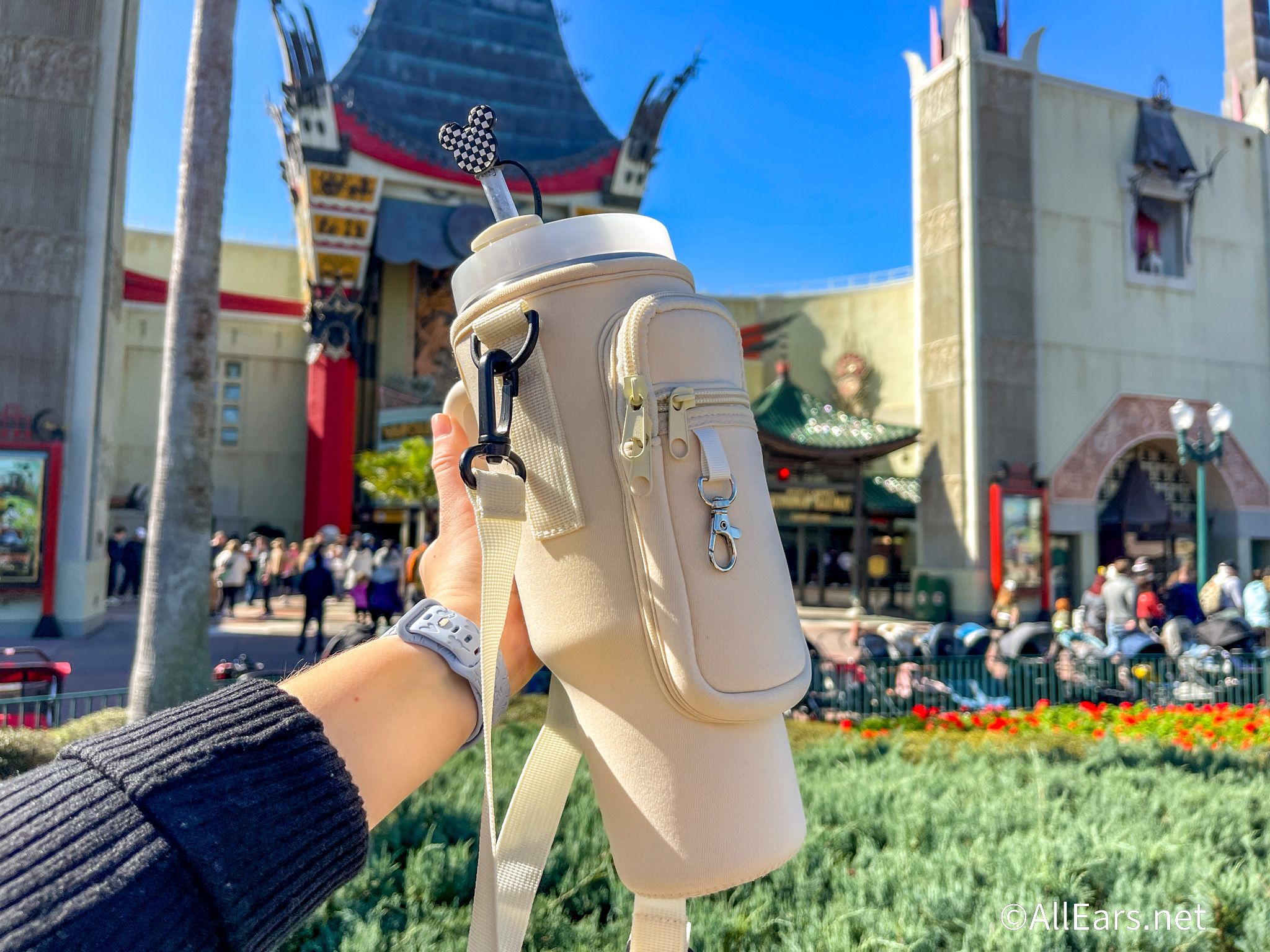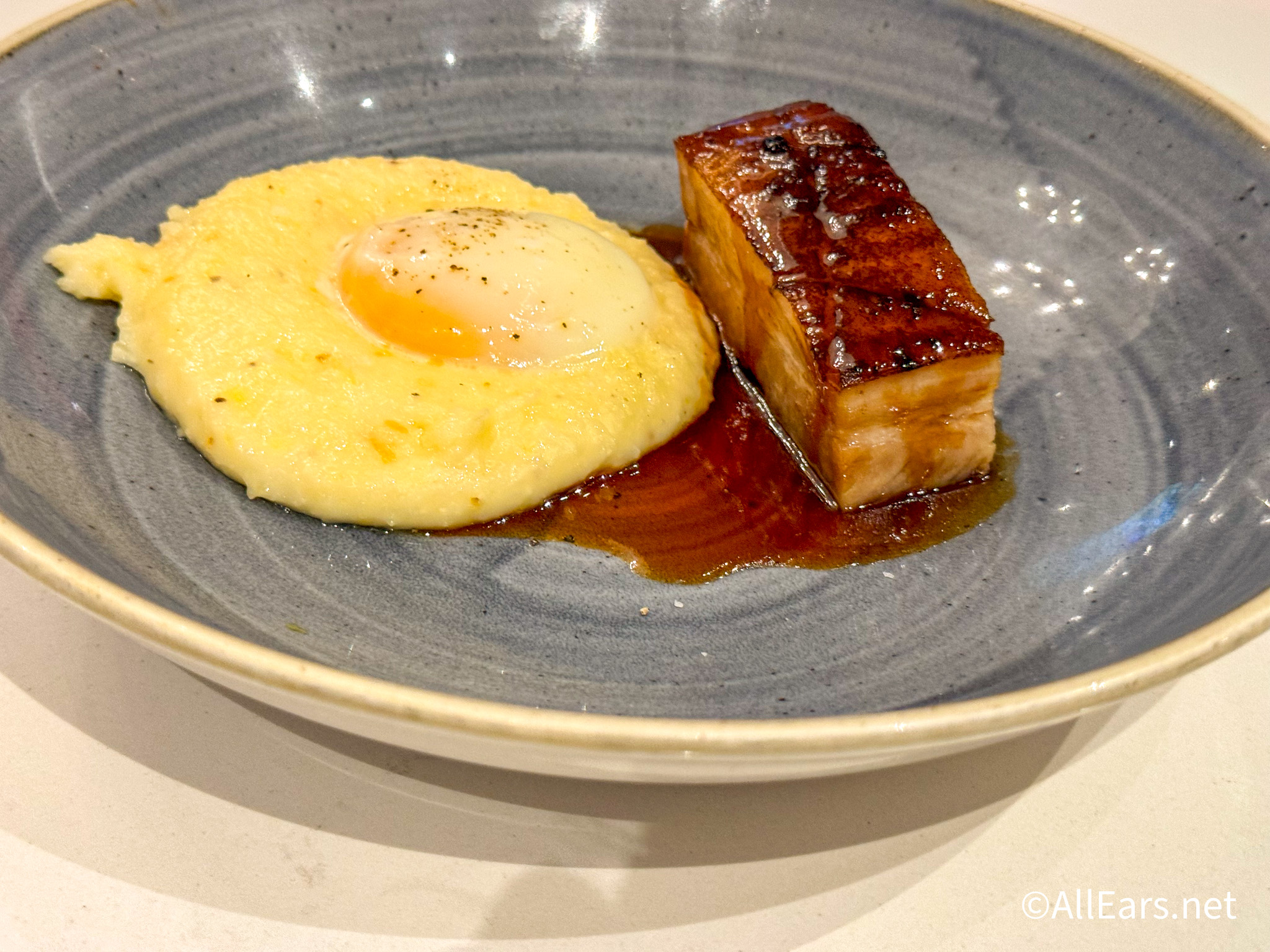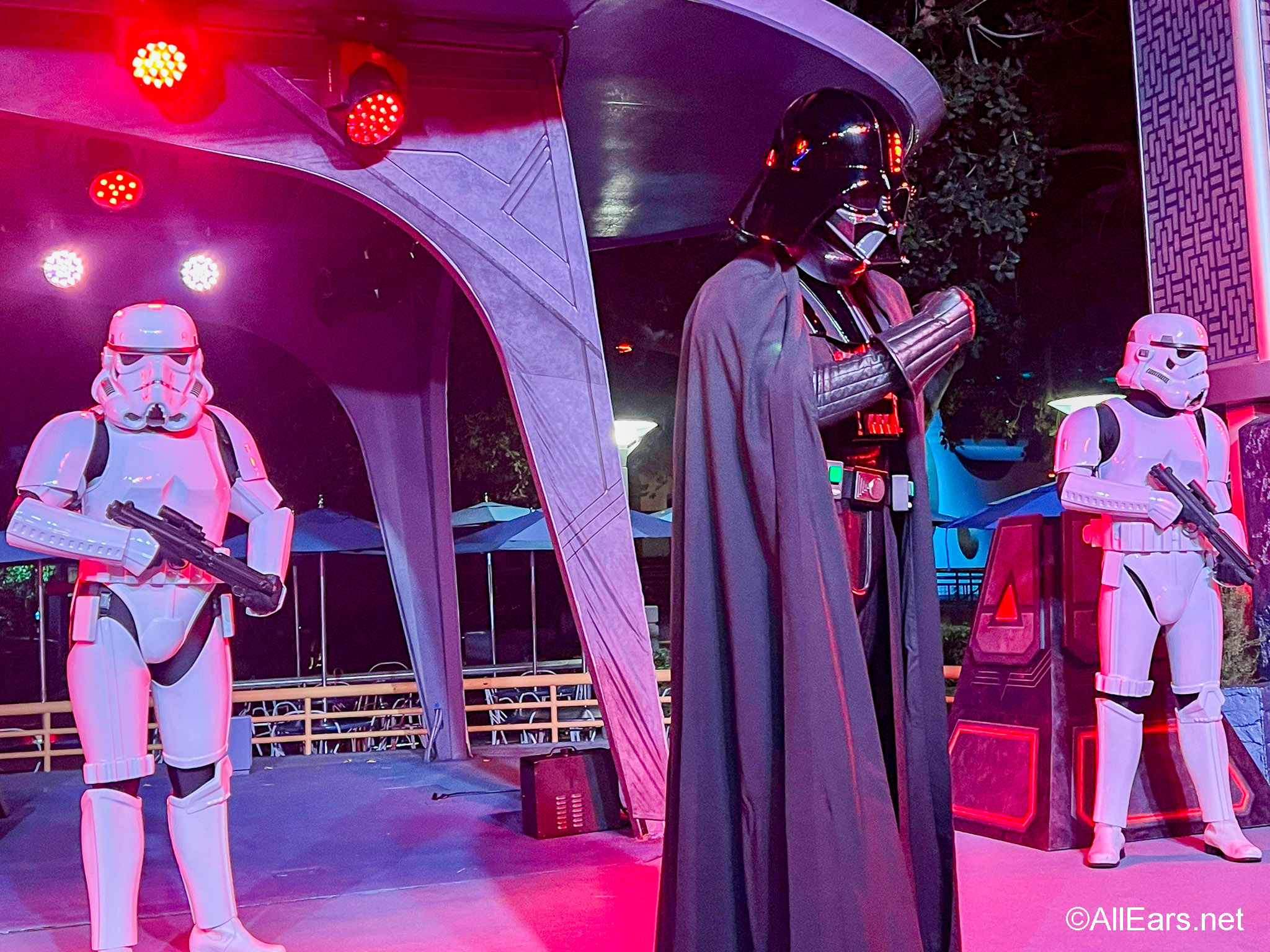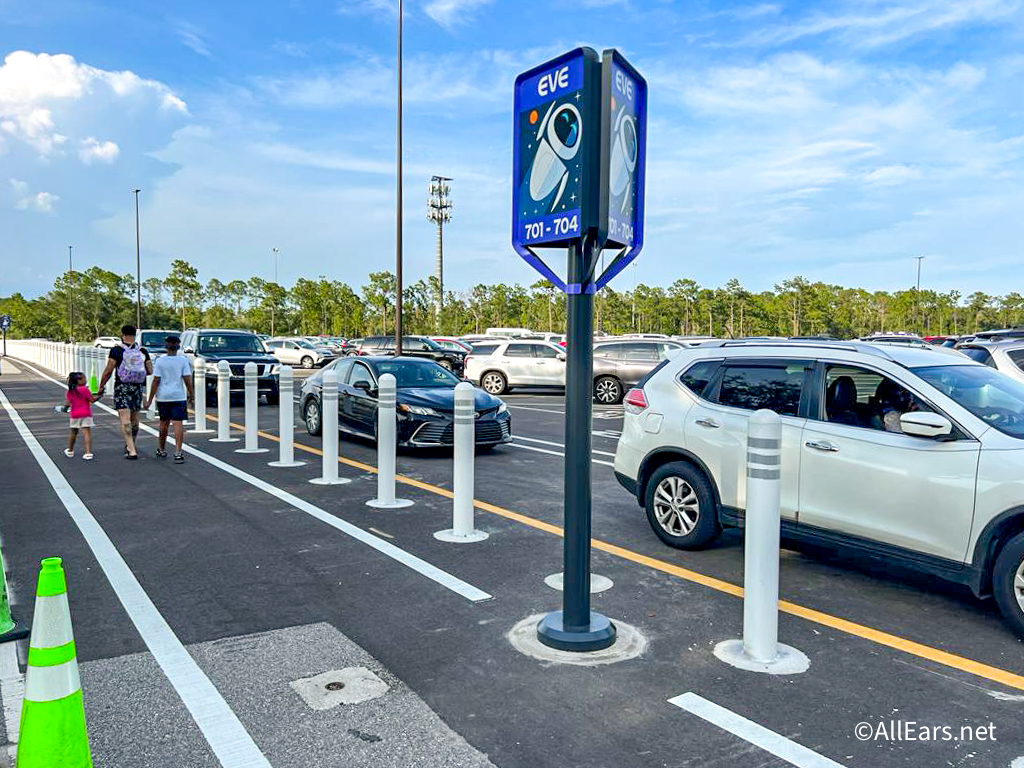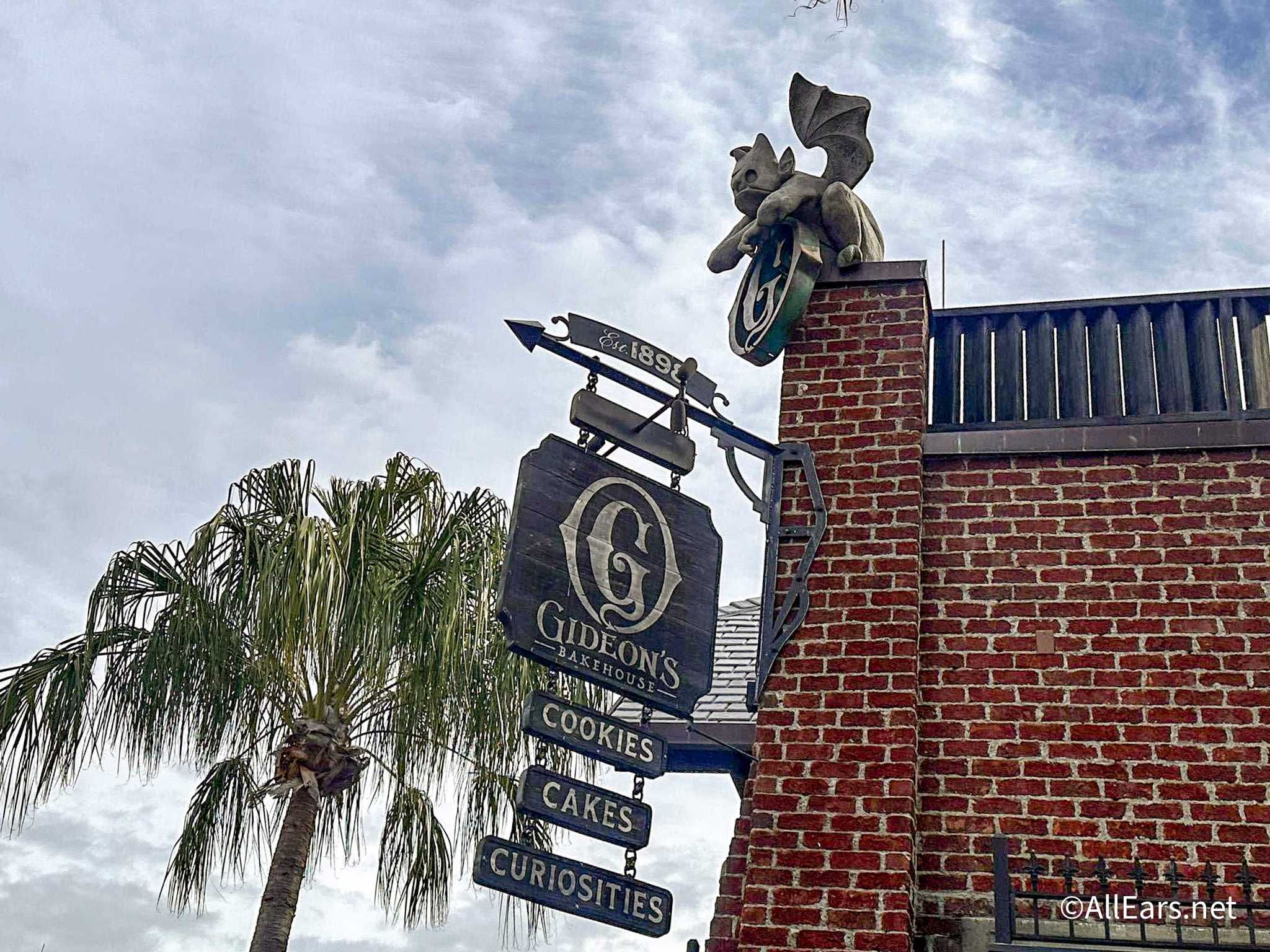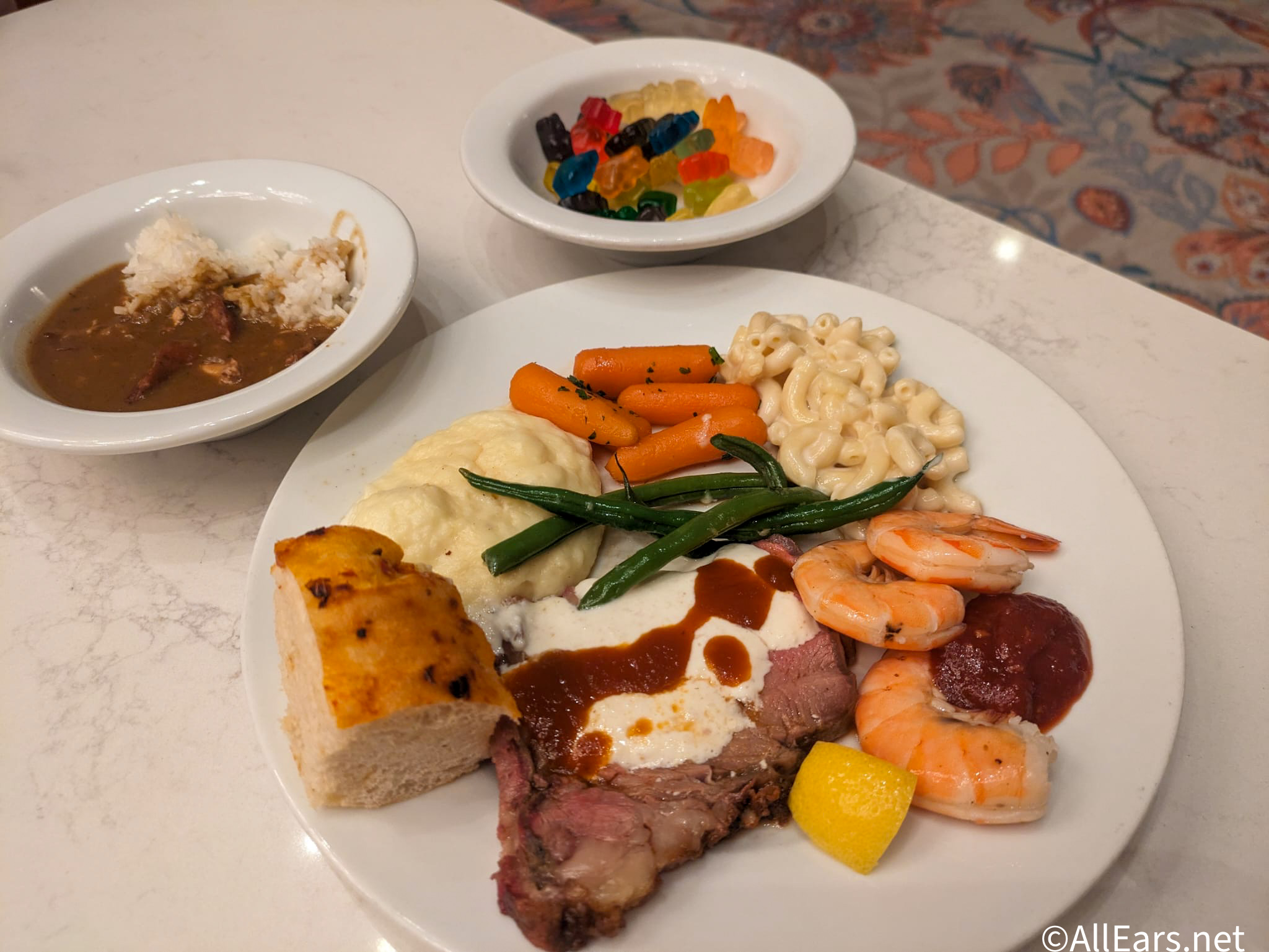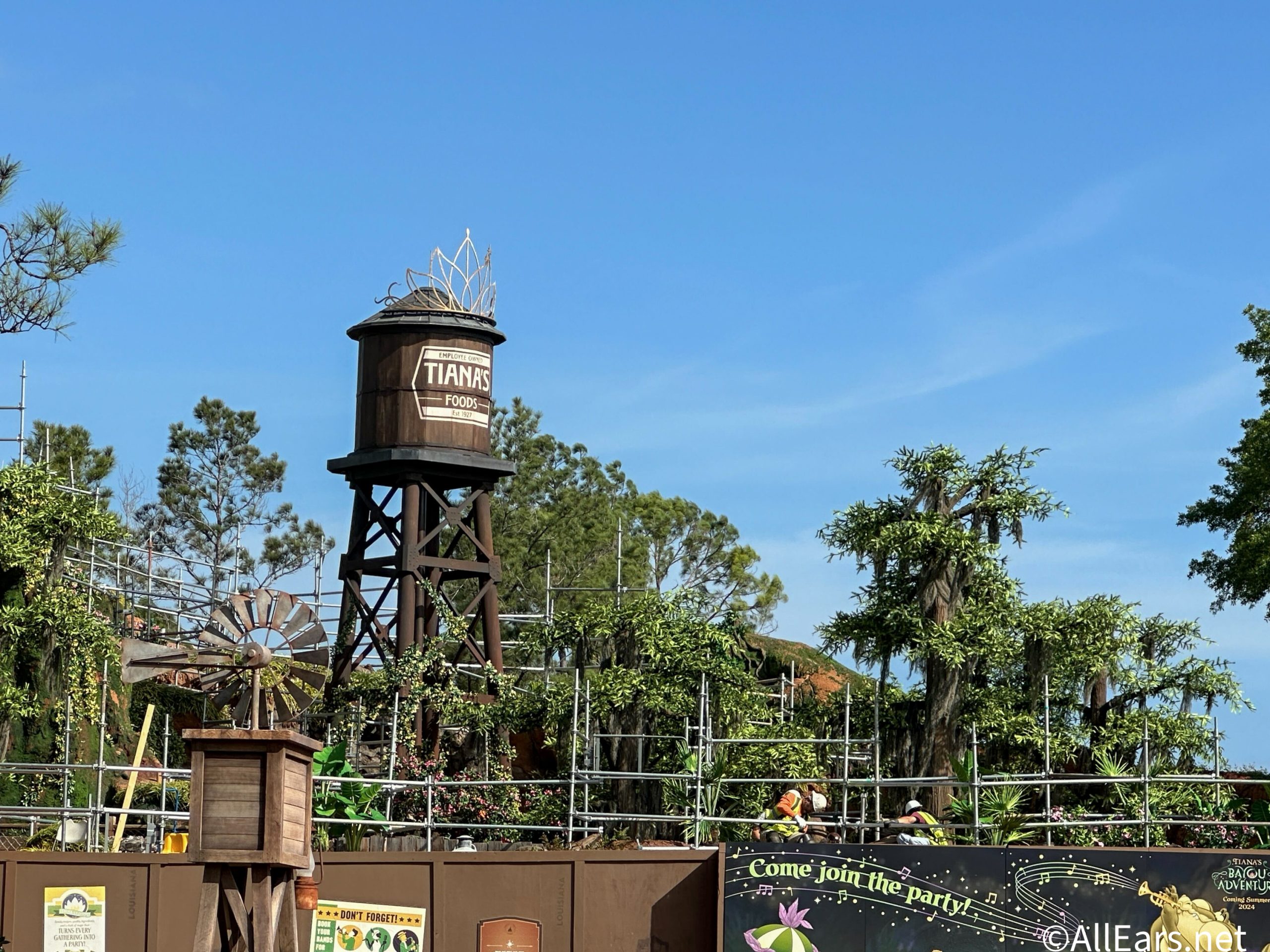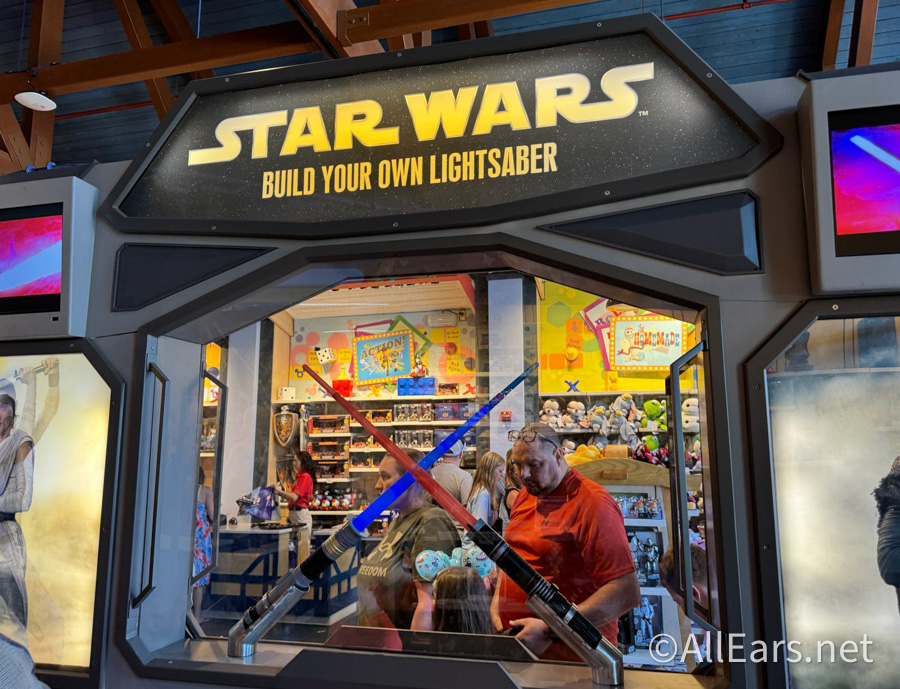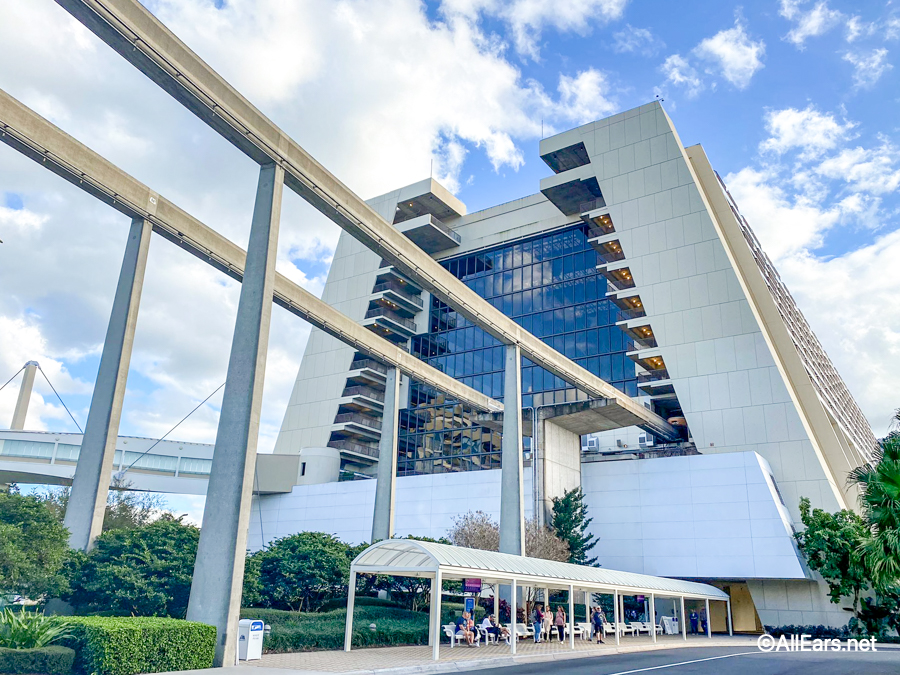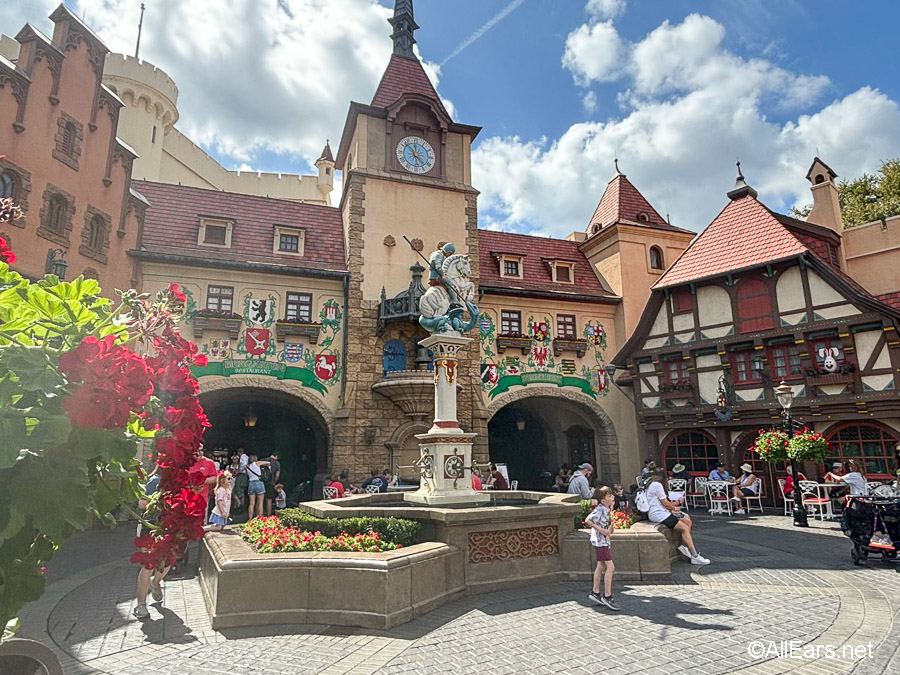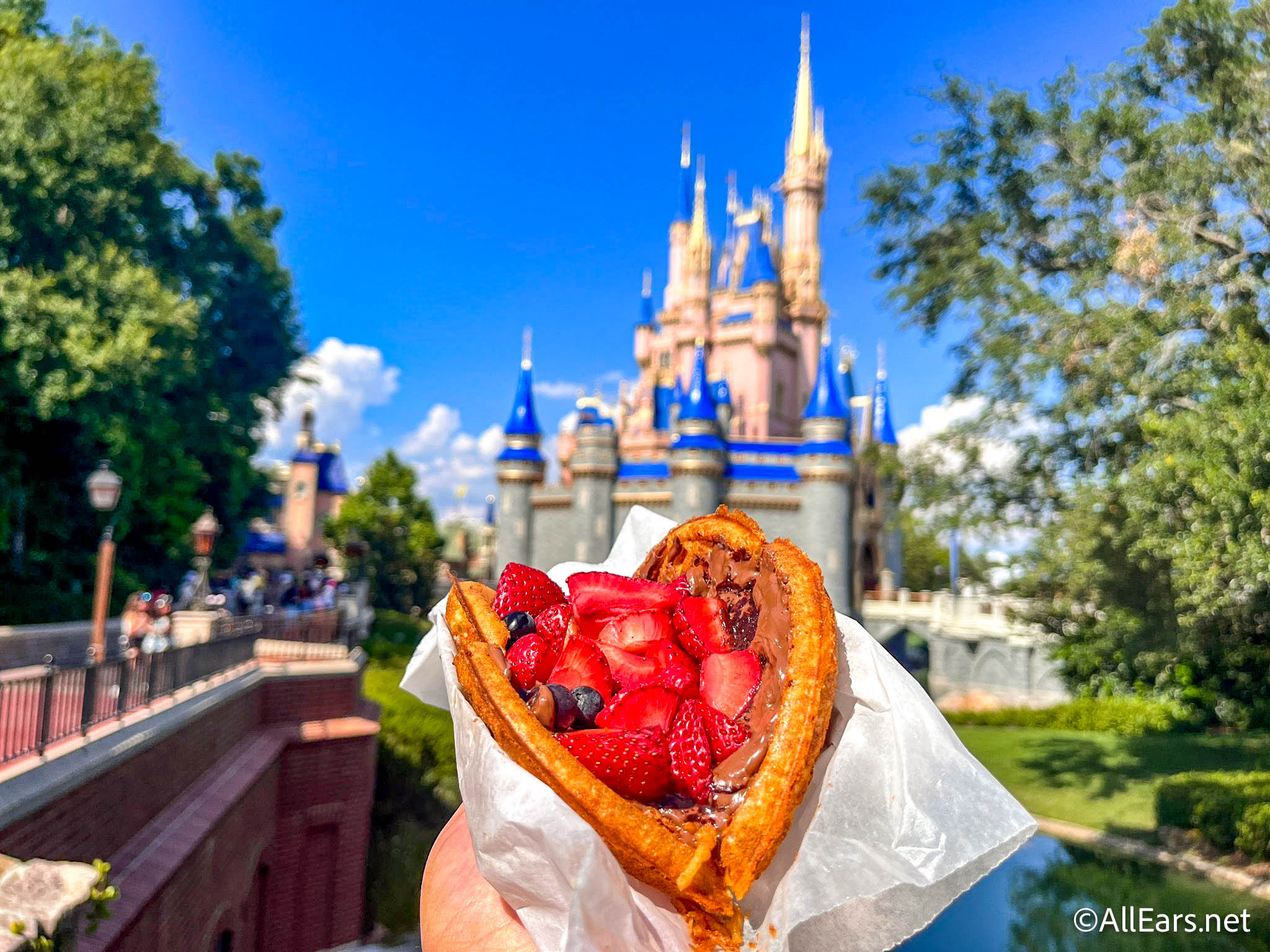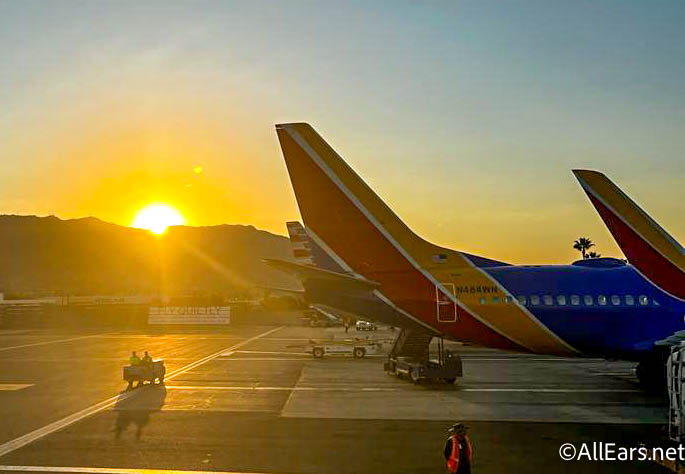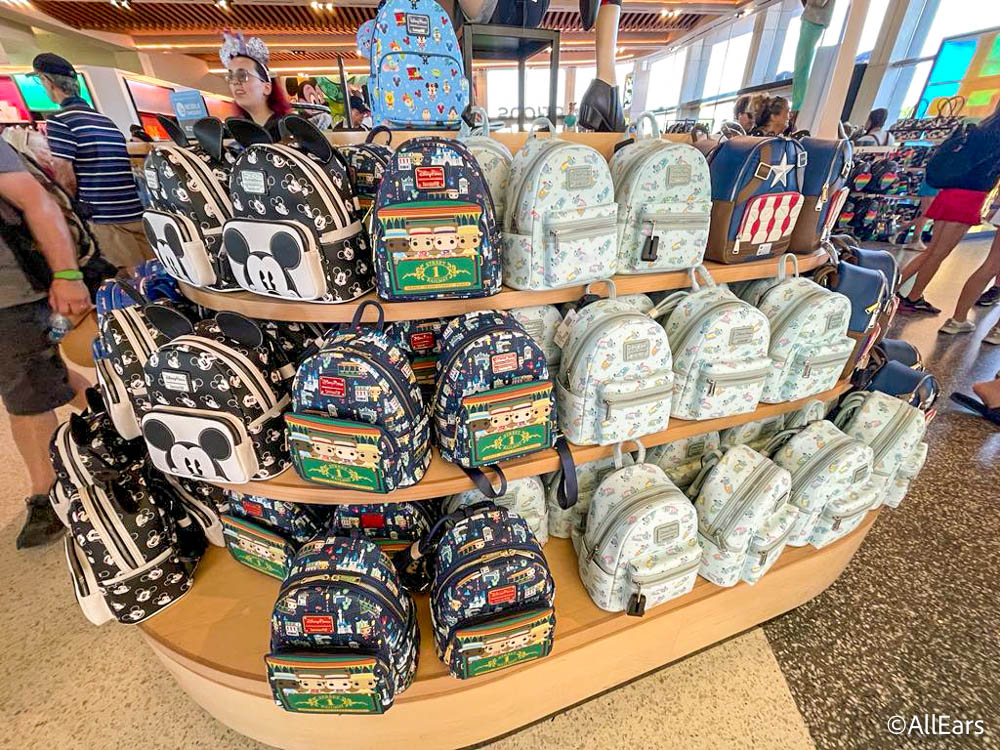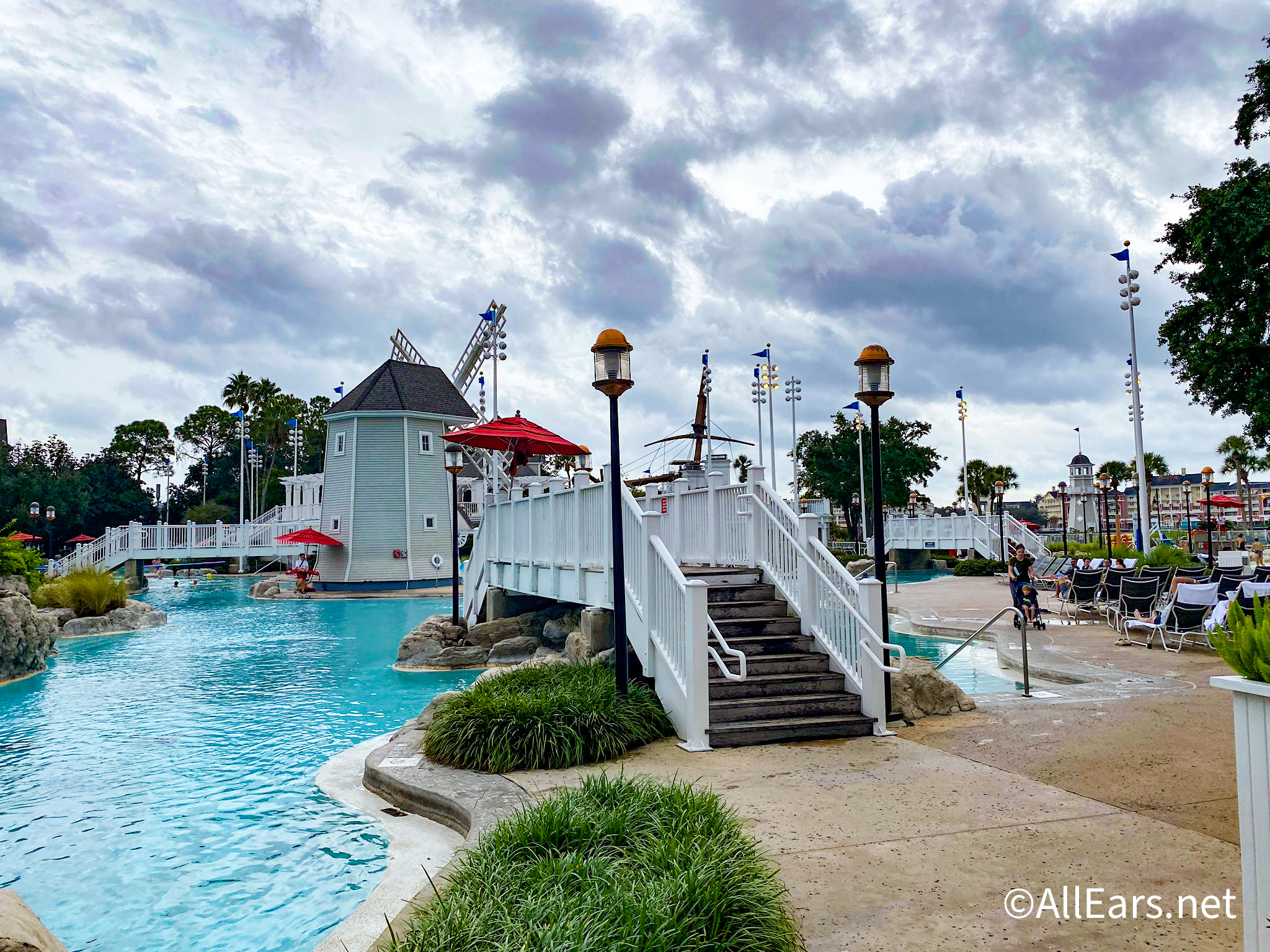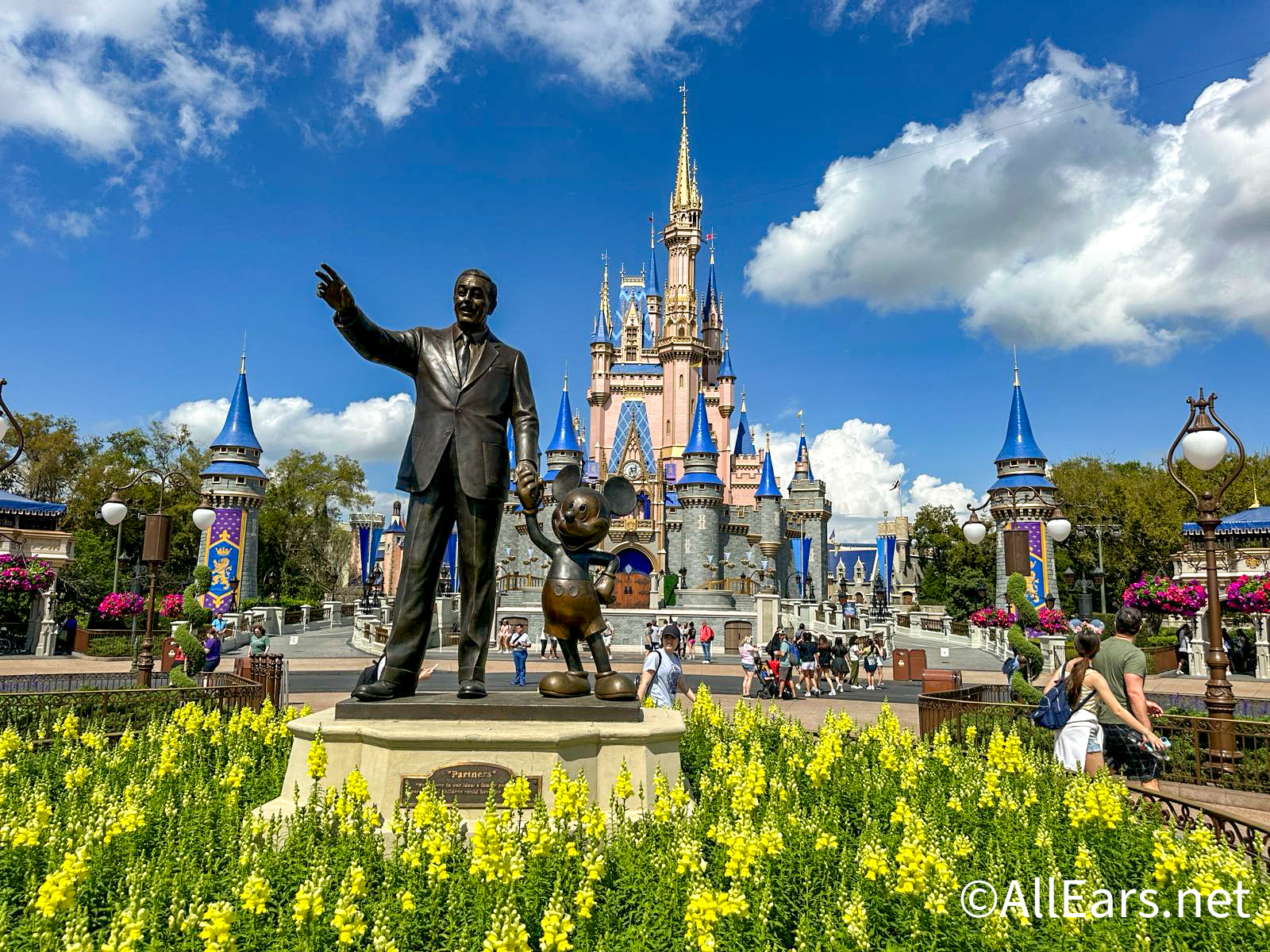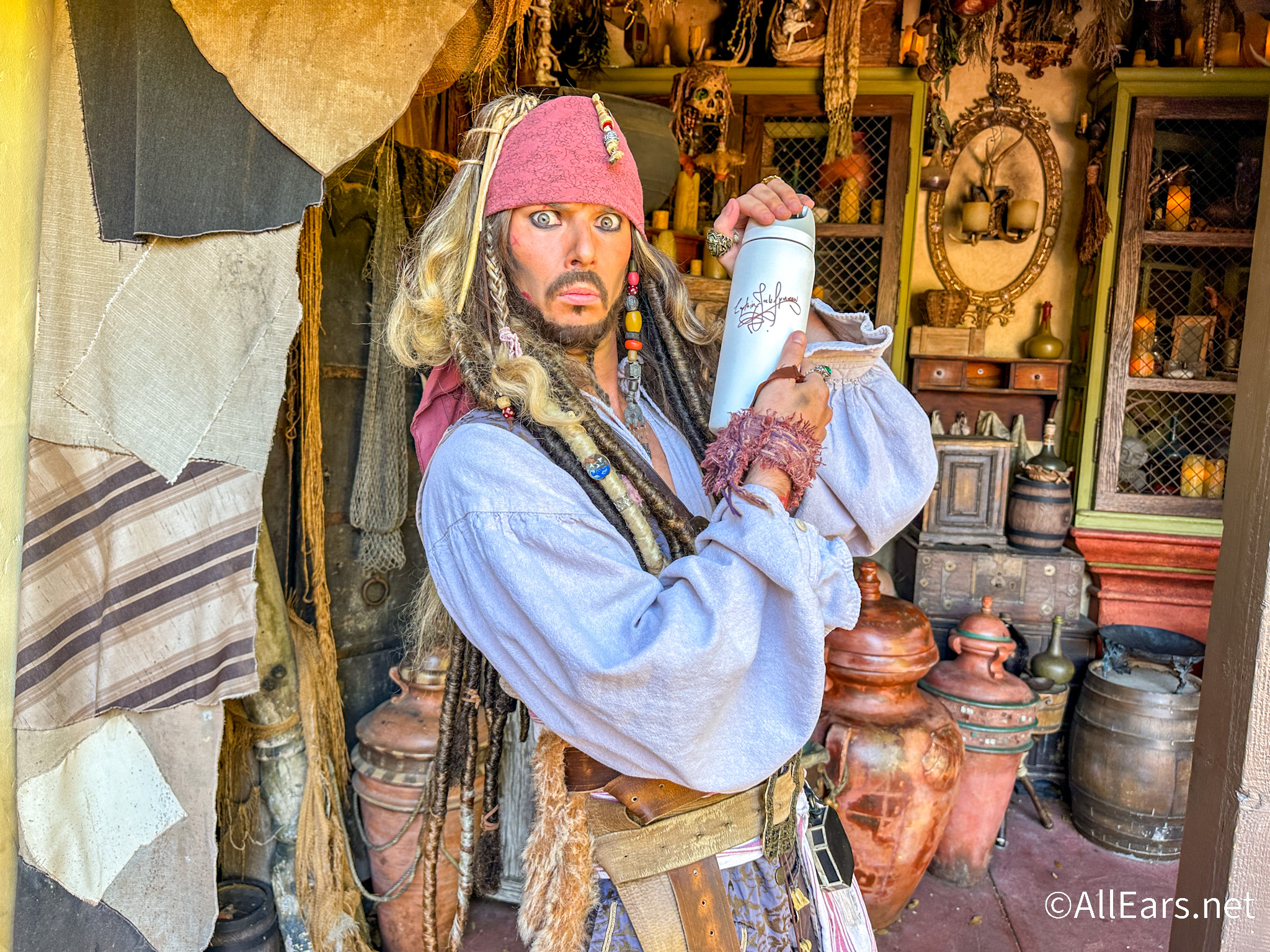WDW Chronicles: Secret Stories of the Resort Hotels
by Jim Korkis
Disney Historian
Feature Article
This article appeared in the May 14, 2013 Issue #712 of ALL EARS® (ISSN: 1533-0753)
Editor's Note: This story/information was accurate when it was published. Please be sure to confirm all current rates, information and other details before planning your trip.
Staying at a Walt Disney World resort hotel during a visit really does enhance the magic of the experience. However, it is not just the many different amenities that make it so worthwhile, but the fact that each of the resorts is filled with storytelling details and elements that are unavailable elsewhere. In this column, I would like to share a handful of insights into a few popular resorts that guests may have overlooked.
= = = = = = = = = = = = =
OLD KEY WEST
= = = = = = = = = = = = =
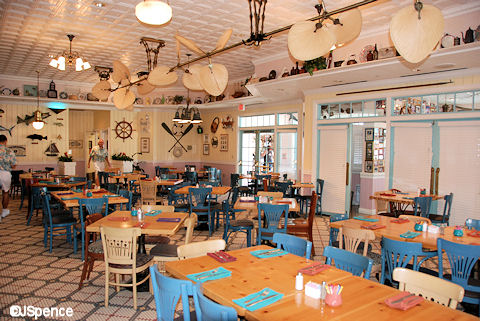 Old Key West was the first Disney Vacation Club timeshare resort, and it captures the tropical romance of the Florida Keys in the fictional community of Conch Flats.
Old Key West was the first Disney Vacation Club timeshare resort, and it captures the tropical romance of the Florida Keys in the fictional community of Conch Flats.
Old Key West Resort includes one of my favorite on-property restaurants for a quiet lunch, Olivia's Cafe. I doubt that many people ever question the name of the place, but believe it or not, there is a story behind it.
You are guests at Olivia's house. In the dining room, she had one big table that would accommodate many friends. However, she didn't have enough chairs, plates and silverware for all the people who would drop by for a meal. So, they had to bring their own chairs, plates and silverware, and to make things easier for their next visit, they left them there. Some of the decorated plates ended up on the upper shelf. And that's why there are differences in the chairs and silverware in the dining room.
Just outside is the Gurgling Suitcase bar. Certainly, an interesting name for a bar, but one that is apt. During Prohibition, tourists would go down to the Florida Keys to buy illegal liquor. They would try to smuggle the bottles home in their suitcases. Law officials got used to lifting a suitcase and shaking it to see if it would make a gurgle sound from the liquid in the bottles.
= = = = = = = = = = = = =
WILDERNESS LODGE
= = = = = = = = = = = = =
The Wilderness Lodge is the first (and only) Disney resort hotel to have an official mascot, the brown bear.
Images and references to a bear can be found throughout the resort, including bear tracks in the sidewalk, the logo for the resort and silhouette signage. At night, from Bay Lake, the multi-peaked roof of the resort section facing Silver Springs Creek resembles the face of a bear.
The resort is inspired by the turn-of-the-century National Park lodges, so it was only natural that a resident of the fictional Brownstone National Park from the Disney cartoons of the 1950s step up to be the children's representative of the resort's brown bear mascot, the beloved Humphrey the Bear.
While children might be frightened of an actual brown bear, the Disney Imagineers decided that using Humphrey would make the mascot accessible to younger guests (and guests of all ages). Humphrey can clearly be seen on the totem pole outside the Mercantile store in the lobby. He is supporting Goofy, Donald and Mickey.
= = = = = = = = = = = = =
BOARDWALK INN
AND VILLAS
= = = = = = = = = = = = =
The Boardwalk Inn and Villas were designed to incorporate aspects of the iconic Atlantic City Boardwalk and Coney Island to create an East Coast seaside vacation destination from the early 1900s.
Luna Park Pool is a reference to one of the most popular early amusement parks at Coney Island. It was built and operated by Frederic Thompson and Elmer "Skip" Dundy from 1903 to 1944.
That's the reason the proprietor of the "On the Boardwalk Thimbles & Threads" shop is "F. Thompson" and inside the resort's main lobby is "Dundy's Sundries — Serving the Boardwalk since 1902." It is 1902 because Thompson and Dundy's amazing ride from the 1901 Pan-American Exposition called "A Trip To The Moon" was moved to Coney Island's Steeplechase Park for the 1902 season.
"Luna" is the Latin word for the moon (and also the name of the airship vehicle in their attraction). Dundy's sister was also named "Luna."
Why are there elephants at the pool? One of the biggest attractions at Coney Island's Luna Park was its private herd of elephants, which roamed freely. Elephant rides were popular for the guests as well. However, cleaning an elephant is a long, arduous task so it was quickly discovered that taking the elephants out to the Atlantic Ocean to bathe was not only easier but it was free publicity for the park.
The Keister Coaster is meant to be reminiscent of the many classic wooden roller coasters at Coney Island in its prime. That's why it appears to be a wooden structure. However, the huge clown face at the end is not just to reference the many clowns at Coney Island. One of the popular midway games was the Clown Water Gun Balloon Game, in which a patron would shoot water into the open mouth of the head of a clown to build up pressure to blow up the balloon to pop first so he or she could win. The game still exists today and is popular. A variation of the game, an auto race, is one of the Midway games in the Wildwood Landing section on Disney's Boardwalk.
The nearby Ferris W. Eahlers Community Hall is not an obscure reference to a turn-of-the-century personality or an Imagineer. Said aloud it sounds like "Ferris Wheelers," a reference to the Coney Island ferris wheels.
= = = = = = = = = = = = =
PORT ORLEANS –
FRENCH QUARTER
= = = = = = = = = = = = =
Disney's Port Orleans Resort first opened to the public at the Walt Disney World Resort in May 1991. It was themed to the French Quarter of New Orleans around the mid-1800s and was situated by the Sassagoula River, a man-made Disney waterway named after the Native American word for the Mississippi.
The text on the back of the very first postcard released for the resort stated: "Evoking a bygone era of romance and charm, the hidden courtyards, splashing fountains and lush gardens of Disney's Port Orleans Resort create a welcome retreat. At the heart of it all is Doubloon Lagoon, where 'Scales' the sea serpent invites visitors to make a splash!"
Scales was named by Disney Musicologist and writer Greg Ehrbar, the co-author of the book about Disney records, "Mouse Tracks." Contrary to popular belief, the sea serpent's name was not originally meant to be a direct reference to the fact that he had scales like a dragon or a fish.
Currently working for Walt Disney World Yellow Shoes Marketing, Ehrbar has contributed his writing skills to many Walt Disney World projects, from providing accurate and entertaining fun facts for Regis Philbin's narration of the annual Christmas parade to the creation and writing of the hilarious "Timmy" videos to the charming children's menu done up like a newspaper that was given out at Tony's Town Square restaurant on Main Street U.S.A. in the Magic Kingdom.
Port Orleans once had a full-service restaurant called Bonfamille's Cafe and next to it was Scat Cat's Club. Disney animation fans will instantly remember that retired opera singer Madame Bonfamille was the owner of the talented French cats in the animated feature "The Aristocats" (1970). Those famous felines were assisted in their adventures by a jazz band of cats led by their outrageous leader, Scat Cat.
There was a special children's menu created for Bonfamille's Cafe done in the form of a coloring booklet. It was written by Ehrbar and illustrated by the very talented Peter Emslie. In the form of a photo album journal by Madame Adelaide Bonfamille, the booklet described how the good Madame, Duchess, the kittens, Thomas O'Malley and the Alley Cat Band took a musical cruise to Port Orleans, where they were "tailed" (followed) by a jazz-loving sea serpent.
The sea creature fell in love with the jazz that Scat Cat and his band played during the voyage. He was named "Scales" (a nod to musical scales and the Sherman Brothers tune "Scales and Arpeggios," which appears in the film).
The story closes with the serpent staying at the resort to enjoy the music played by the resident "jazz gators." That's why the costumed alligator statues with musical instruments are walking down the path to the pool. Just like Pied Pipers, they lead Scales to the pool, as they lead guests today.
Ehrbar also came up with the name "Doubloon Lagoon," referring to the doubloon coins, like necklaces, that are tossed from floats during New Orleans Mardi Gras.
When the resort first opened, guests received a copy of the "Sassagoula Sentinel," a faux newspaper that included guest information, including where the ice machines were located, whether a guest would be charged for making a collect call, when the boat would leave for the Village Marketplace, restaurant information, and other similar helpful directions.
This wonderful eight-page tabloid format (11" x 17") newspaper also was filled with historical news stories that recounted the fictional back story of the resort. Disney Imagineers loved the name that Ehrbar had come up with for the sea serpent but decided to come up with a different story more in keeping with the legend of the location that they had devised.
Here is the story of Scales as it appeared in that newspaper:
"It seems that parents have always had a difficult time keeping their children away from the bayou that surrounds the city. These swampy marshes have inherent dangers such as alligators and snakes. So in order to frighten their children away from playing in the bayou, a story emerged of a large serpentine creature that lurks beneath the surface of the dark and still waters, waiting to eat unsuspecting children. Many people, it was said, met their demise while wandering in the misty depths of the murky swamp.
"Some of the older children were not frightened by the myth. So a group of fathers decided to do something to scare them. In a cabin near the bayou, the men constructed a large dragon-like serpent made of fence wire and bedsheets.
"They painted it with whatever they could find, so the finished product was a horrendous-looking, multicolored contraption that took 16 men to operate. When the unsuspecting children arrived at the bayou, the serpent emerged, howling, screaming and chasing the ashen children all the way back to town.
"Each year the serpent reappeared at the end of the Mardi Gras parade, reminding the children to stay away from the bayou. Eventually 'Scales' became a permanent fixture at Doubloon Lagoon and can been seen there today."
Whichever version of the story you choose to believe, it is just another example of how Walt Disney World resorts are filled with hidden storytelling treasures.
====================
RELATED LINKS
====================
Other features from the Walt Disney World Chronicles series by Jim Korkis can be found in the AllEars® Archives:
http://allears.net/ae/archives.htm
=-=-=-=-=-=-=-=-=-=-=-=-=
Jim Korkis is an internationally respected Disney Historian who has written hundreds of articles about all things Disney for more than three decades. As a former Walt Disney World cast member, his skills and historical knowledge were utilized by Disney Entertainment, Imagineering, Disney Design Group, Yellow Shoes Marketing, Disney Cruise Line, Disney Feature Animation Florida, Disney Institute, WDW Travel Company, Disney Vacation Club and many other departments.
He is the author of two new books, available in both paperback and Kindle versions on Amazon.com:
— "Who's Afraid of the Song of the South"
— "The REVISED Vault of Walt": Paperback Version / Kindle version
-o-o-o-o-o-o-o-o-o-o-o-
Editor's Note: This story/information was accurate when it was published. Please be sure to confirm all current rates, information and other details before planning your trip.

